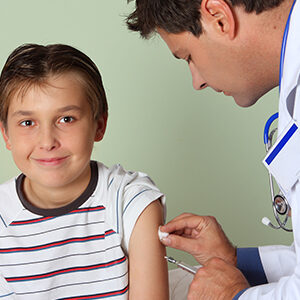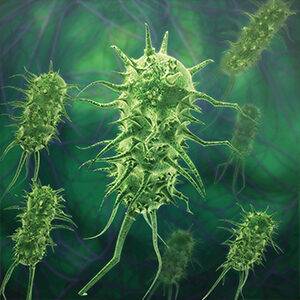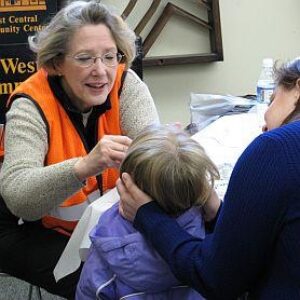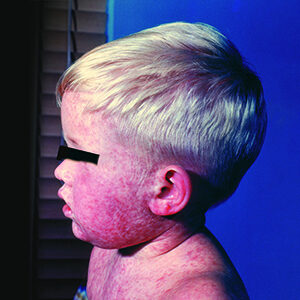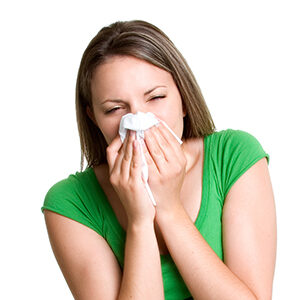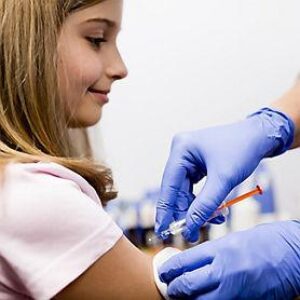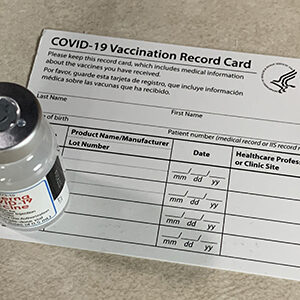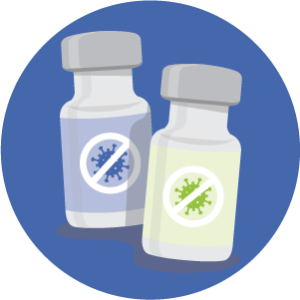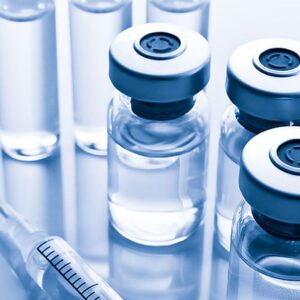News tagged with “vaccine”
Blog Entries tagged with “vaccine ”

Clearing Up Misunderstandings on Recent Flu Efficacy Reports
There is certainly lots of media, rumors and misunderstanding about a recent publication from Australia speaking to the effectiveness of this year's flu vaccine. Various sources report 10% effectiveness for a portion of the flu vaccine specific to influenza A H3N2 and the Southern Hemisphere. For a number of reasons, the Australian situation is not necessarily predictive of what we should expect in the U.S. or in Spokane County.

It’s Not Too Late!
National Influenza Vaccination Week 2018
Dec. 2 – 8, 2018
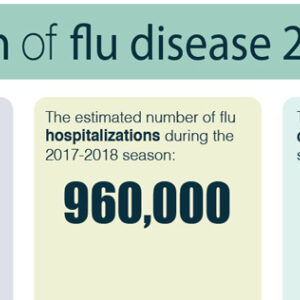
Benefits of Flu Vaccination
Influenza is a potentially serious disease that can lead to hospitalization and sometimes even death. An annual seasonal flu vaccine is the best way to help protect against flu.
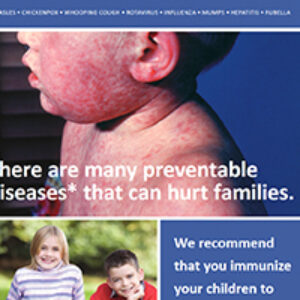
SRHD Works to Bring Health Equity to Vaccination Messaging
Recognizing the need to bring health messaging to the community in various languages, SRHD Immunization Assessment & Promotion program developed culturally competent, ethnically diverse fliers and posters in multiple languages that promote routine childhood immunizations.

Upcoming Continuing Education Opportunities
Multiple continuing education opportunities are coming soon! April 25 - National Foundation for Infectious Diseases (NFID) offers a free webinar on Strategies for Overcoming Barriers to Healthcare Personnel Immunization. May 22 - VaxExpo at CenterPlace Event Center in Spokane Valley. Coming Soon - Free e-learning course on Communicating with Parents about Vaccines.

Kids and Coping with Mental Health During COVID-19
It’s been a long year. Yes, a year. On January 21, Washington State reached the one-year mark since the first case of COVID-19 was reported. Since then, we’ve faced closures of schools, playgrounds and have gone mostly virtual.

Black History Month
The last year has brought disease prevention to the forefront of our minds. Right now, vaccines are a major focus of disease prevention. Black history month is a perfect month to look at disease prevention through major contributions to the vaccine movement by two important people.
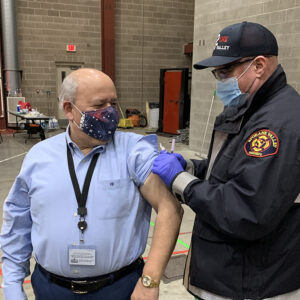
A Look Inside the EMS Drive-through Vaccination Clinic
In late December, nearly a year after the pandemic began, it was announced with great excitement that vaccinations against COVID-19 would begin in Washington state.
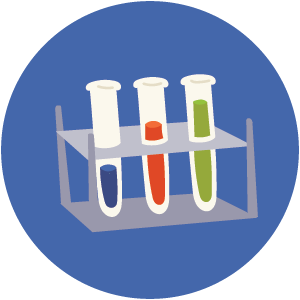
Everything you Want to Know About the Johnson & Johnson Vaccine
By now, you’ve probably heard the news that the third COVID-19 vaccine, Johnson & Johnson, was authorized for distribution but was temporarily paused before being authorized once again for use in the United States. Even though another vaccine in our toolbelt is great news and gives us another tool to manage the spread of COVID-19, there are a lot of questions about the vaccine that we’re excited to answer.

Not Sure If You Should Vaccinate Your Kids for COVID-19? We Get It.
Parenting is full of tough choices that are neither right nor wrong, but somewhere in the middle. The choice you make comes down to your family’s situation and the amount of risk and benefit there is. Have you noticed during the pandemic these choices have been harder, and critics on both sides have been louder?
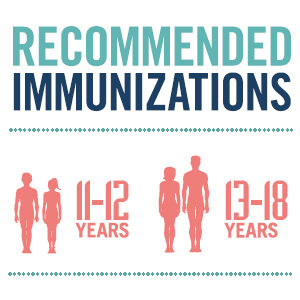
The Status of Childhood Vaccine Rates in Washington State
COVID-19 disrupted both in-person learning and routine well-child visits for many children during the last year. We all want our kids to be back in school safely, and that means getting caught up on vaccines that were missed during the past year. The Centers for Disease Control and Prevention’s (CDC) public sector vaccine ordering data show a 14% drop in childhood vaccines for the period of the 2020-2021 school year compared to the 2018-2019 school year, and measles vaccine is down by more than 20%. Catch-up vaccination will require efforts from healthcare systems, healthcare providers, schools, state and local governments, and families.
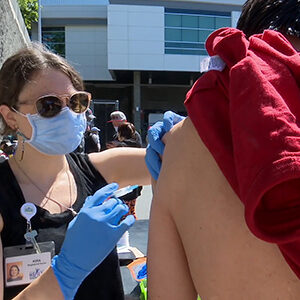
COVID-19 Vaccination
Many individuals in Spokane County are still unsure of how to get vaccinated—this includes both adults and adolescents age 12 and older If your practice is not currently offering COVID-19 vaccine, please share the sites below with individuals inquiring about vaccination.
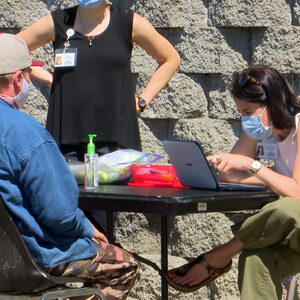
COVID-19 in Congregate Settings
Across Washington state and the country, there have been outbreaks of COVID-19 in many settings. Some of the most difficult outbreaks to control and manage are those in congregate settings. Washington state and Spokane County have had their share of these outbreaks to manage. In Spokane County, the Spokane Regional Health District (SRHD) epidemiology team has managed outbreaks in homeless shelters, family shelters, drug treatment centers, behavioral health facilities, county correctional facilities, supported living facilities and group homes.
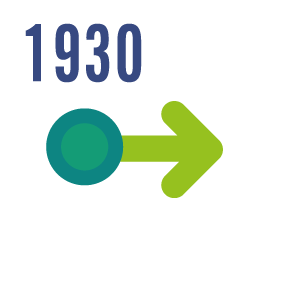
Vaccine Timeline
The timeline for the COVID-19 vaccine can be unclear to many, but if you want to look at the big picture, research began all the way back to the 1930s with the discovery of the first coronavirus infection in chickens. Decades later in 1965 Dr. June Almeida was able to identify a coronavirus under a microscope.
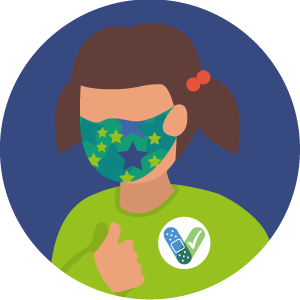
COVID-19 Vaccine for Kids 5-11
Parents across the country are breathing a sigh of relief that a COVID-19 vaccine is now approved for emergency use in kids aged 5-11. We understand how exciting it is. It’s true that, overall, children have seen less severe cases of COVID-19 than adults, but that doesn’t mean they are not at risk. The question for any medical intervention should never be whether it is perfect, but rather does the benefit of the treatment outweigh the risks. In this case, multiple agencies with the most qualified professionals across the United States have almost unanimously agreed that yes, COVID-19 poses much more of a risk to our children than vaccination.

Native American Heritage Month
November is Native American heritage month, and we are excited to share one of many ways the communities with this rich heritage have been leaders in public health.
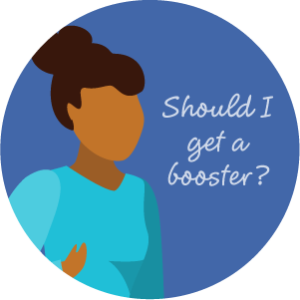
Let's Talk Boosters
Let's talk boosters! First off, booster shots can be an important tool in helping build your immunity against COVID-19. If you received your initial vaccine series of either Pfizer or Moderna or one dose of Johnson & Johnson, kudos to you! You took the first step in protecting yourself against COVID-19.
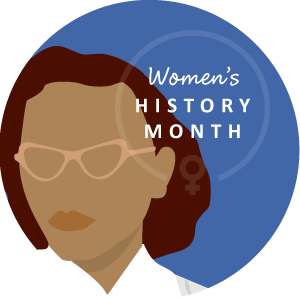
Women’s History Month
Women’s History Month is the perfect time to look at contributions made by women to the field of public health. Women have played an important role in bettering the lives of others, whether through important vaccines, critical research, or advocating for public health measures in their community. These are just a few of the women who have played a critical role in public health throughout history, or shall we say herstory.

COVID-19 Vaccines for Kids Under 5 Receive Emergency Use Authorization
It’s been 1 ½ years since the first COVID-19 vaccine received an emergency use authorization through the Food and Drug Administration (FDA). Since then, many parents of young children have been waiting for the opportunity to protect them from COVID-19, and now vaccines for children 6 months – 4 years have received emergency use authorizations. With each approval there are always questions, so let’s dig into questions that are coming up right now.

